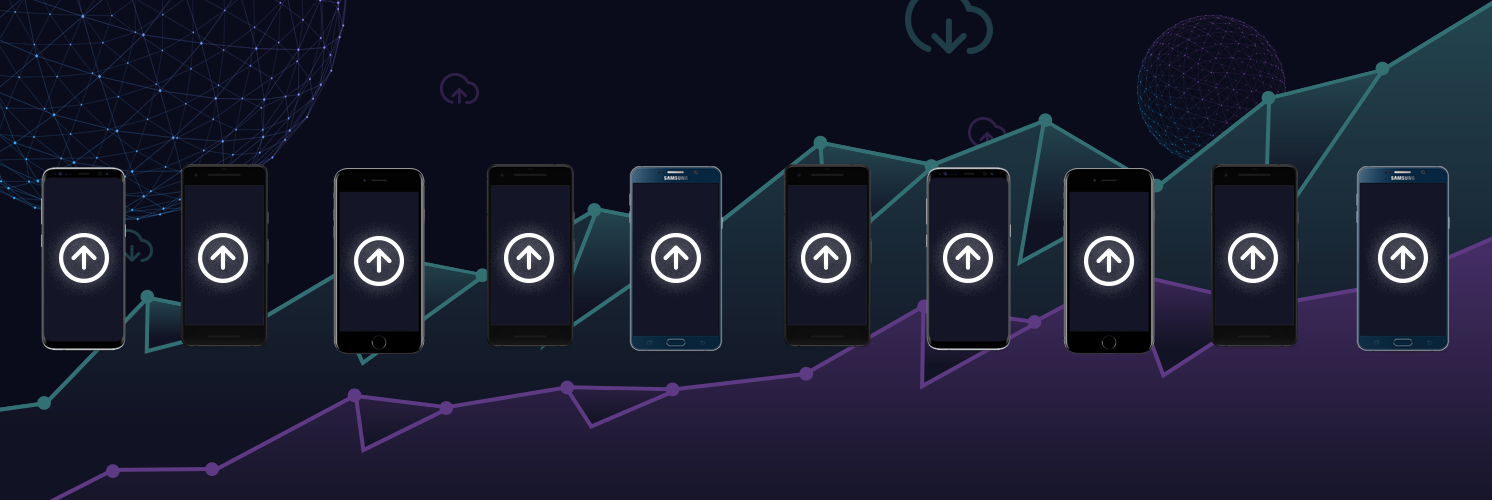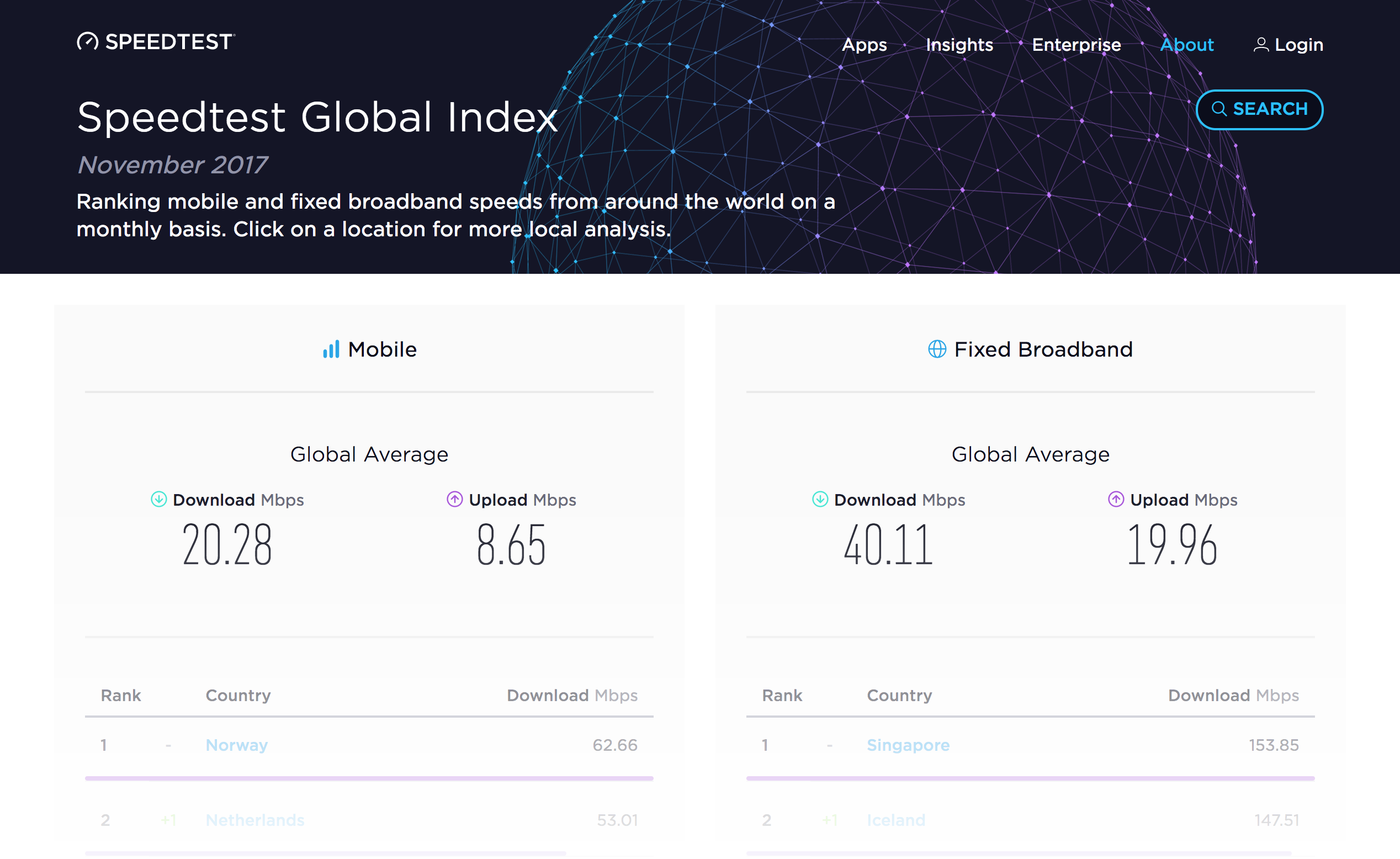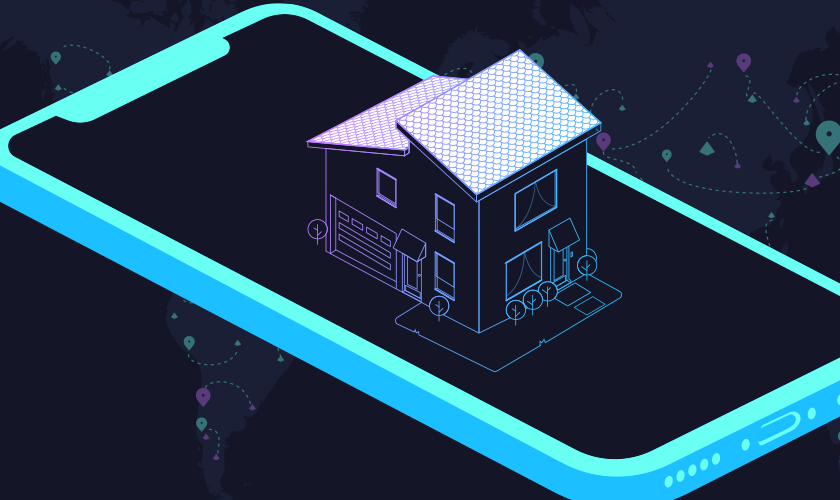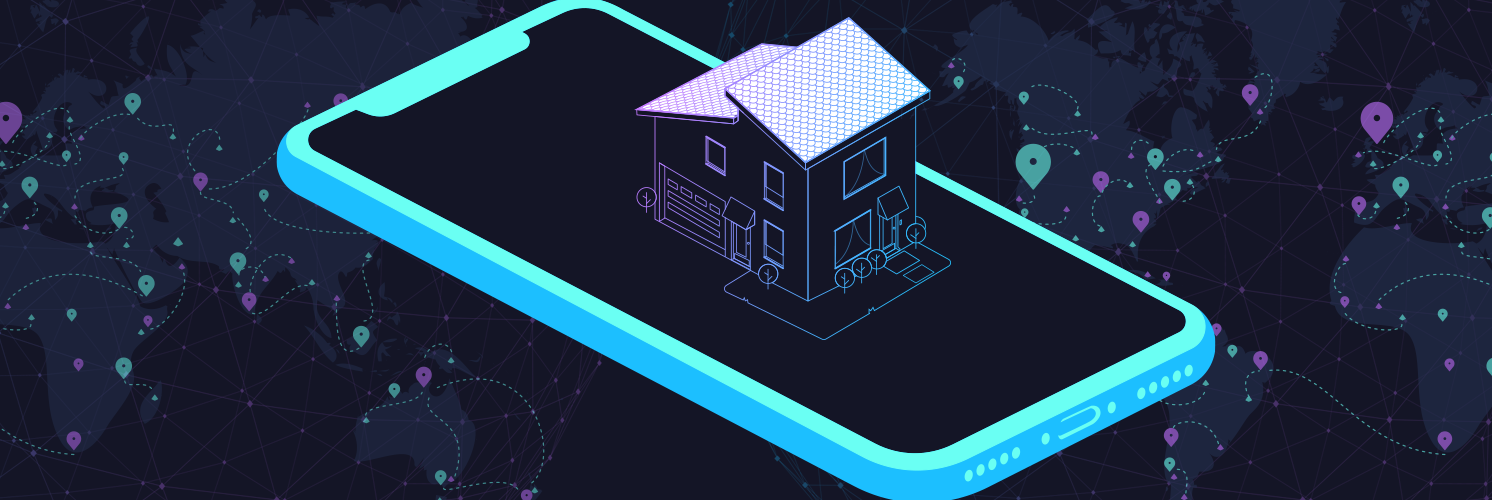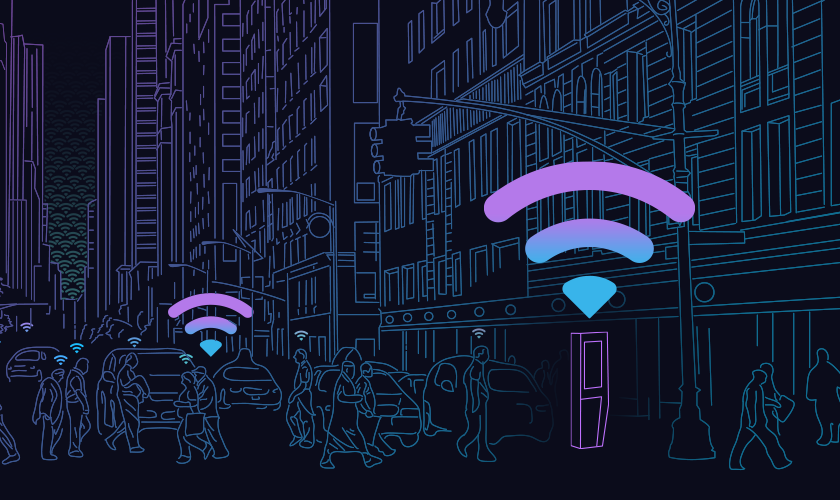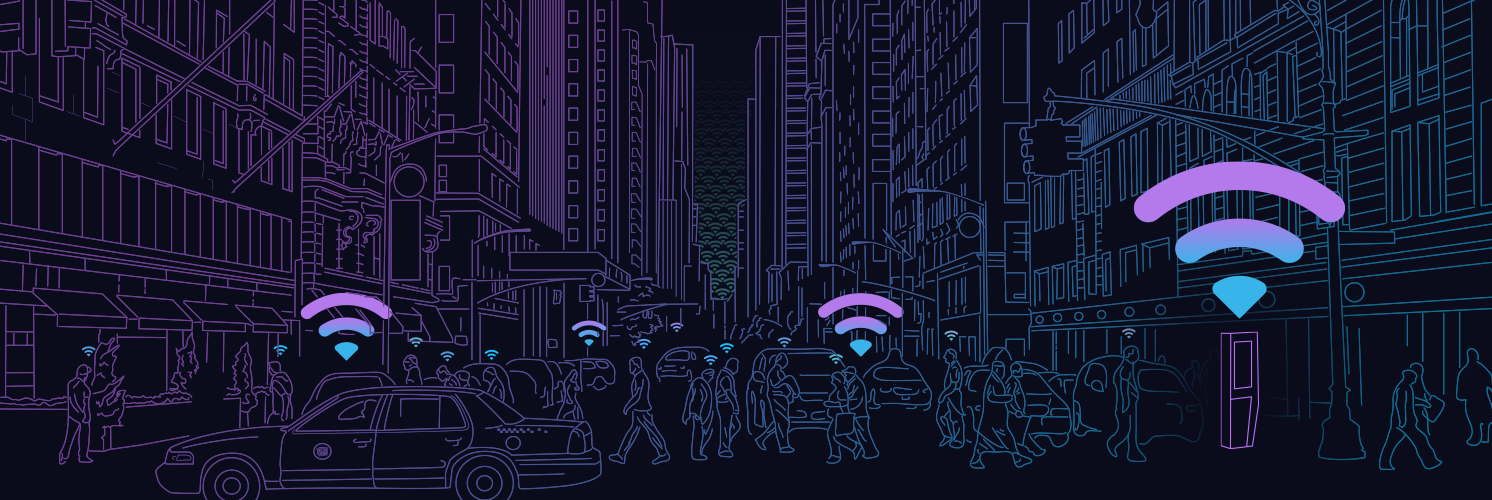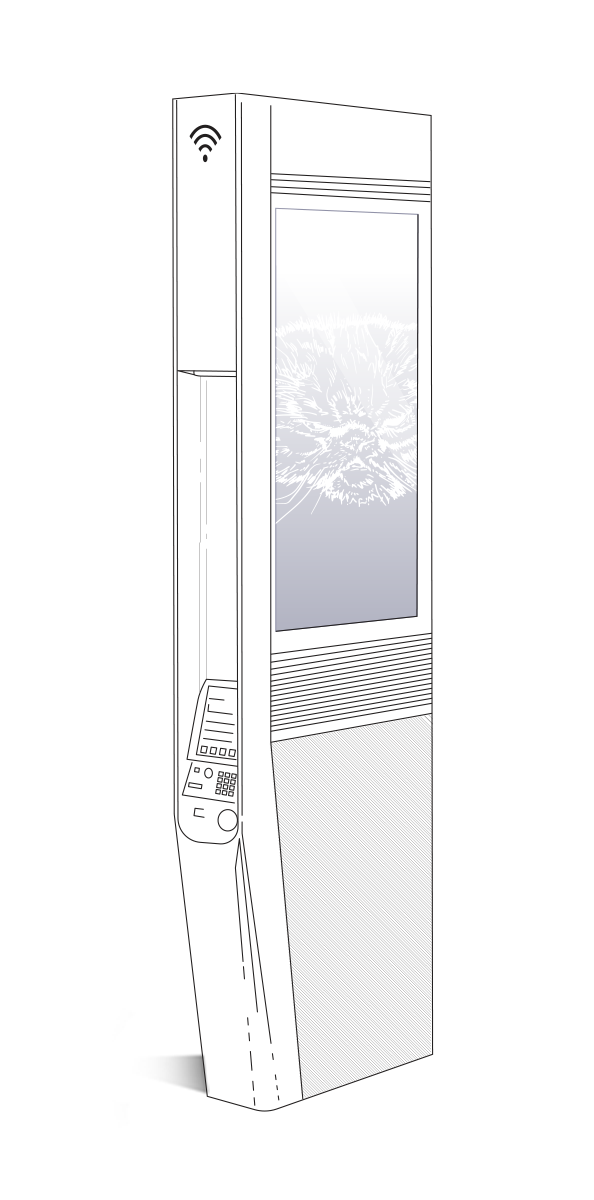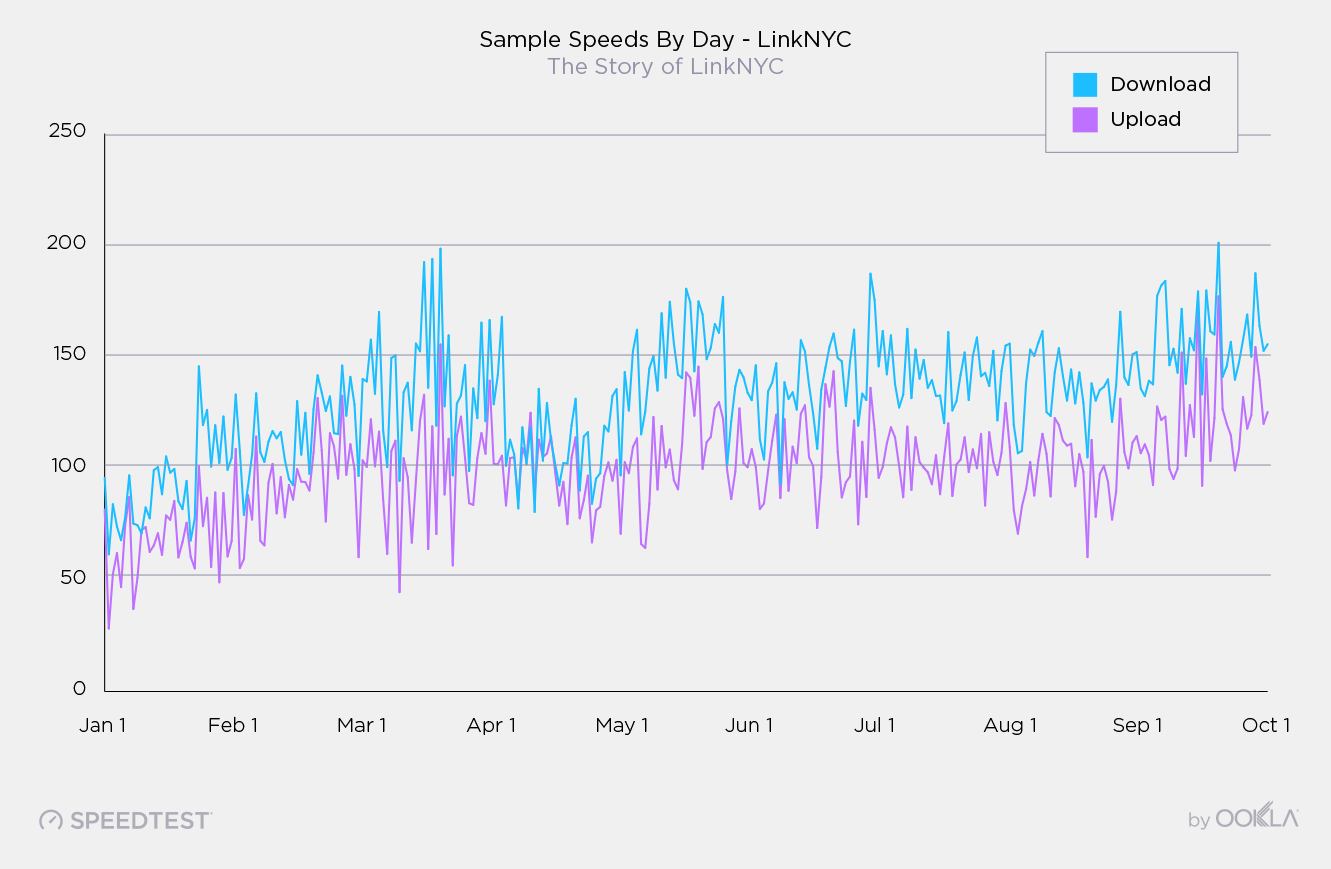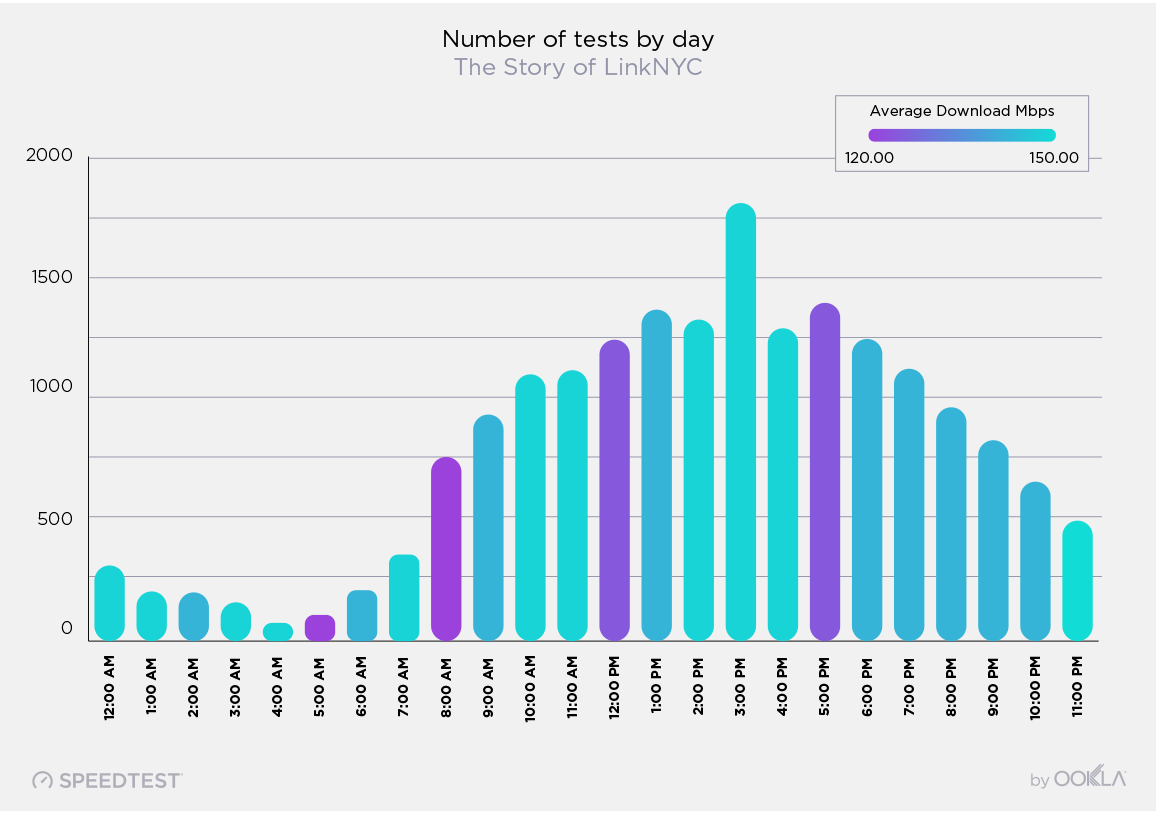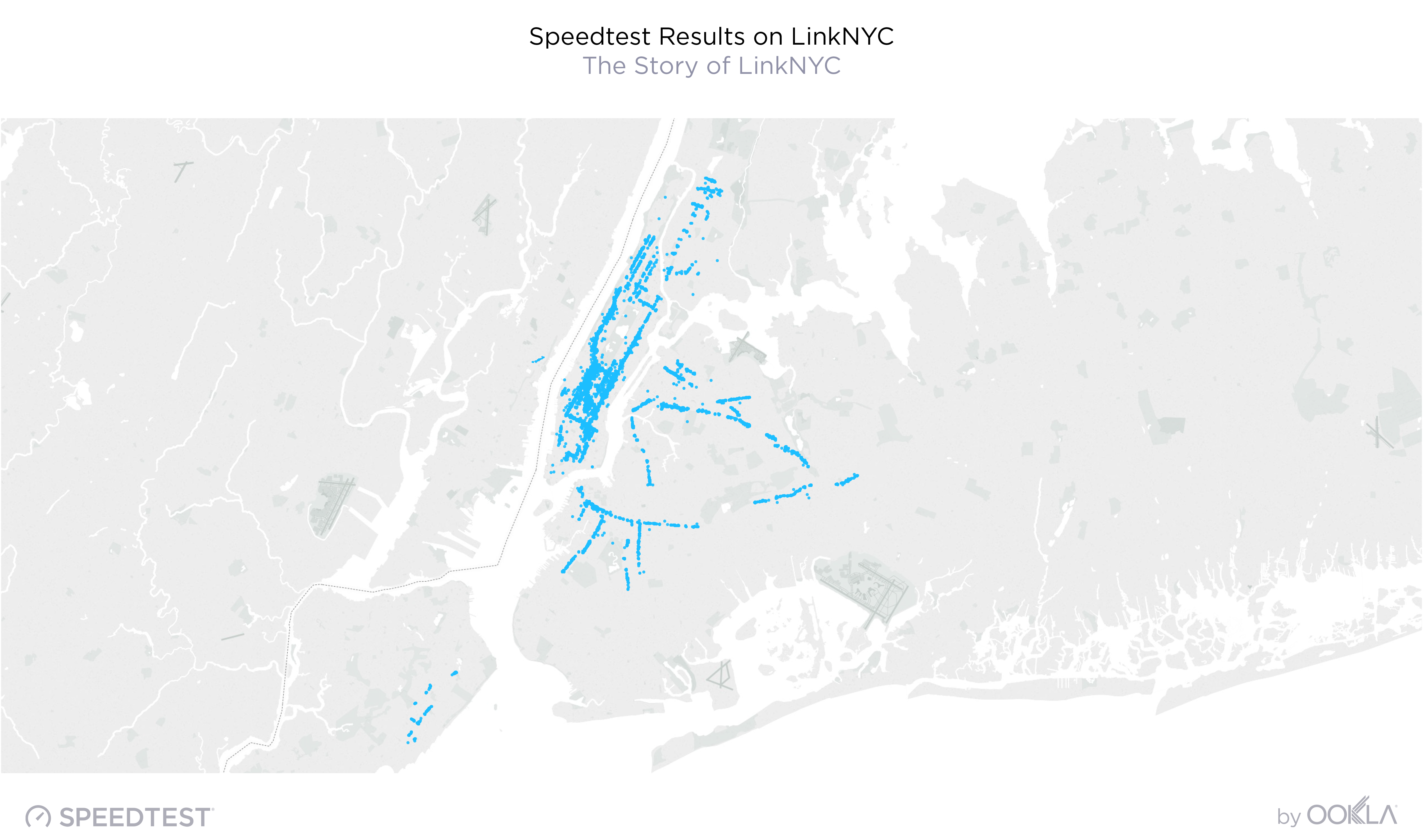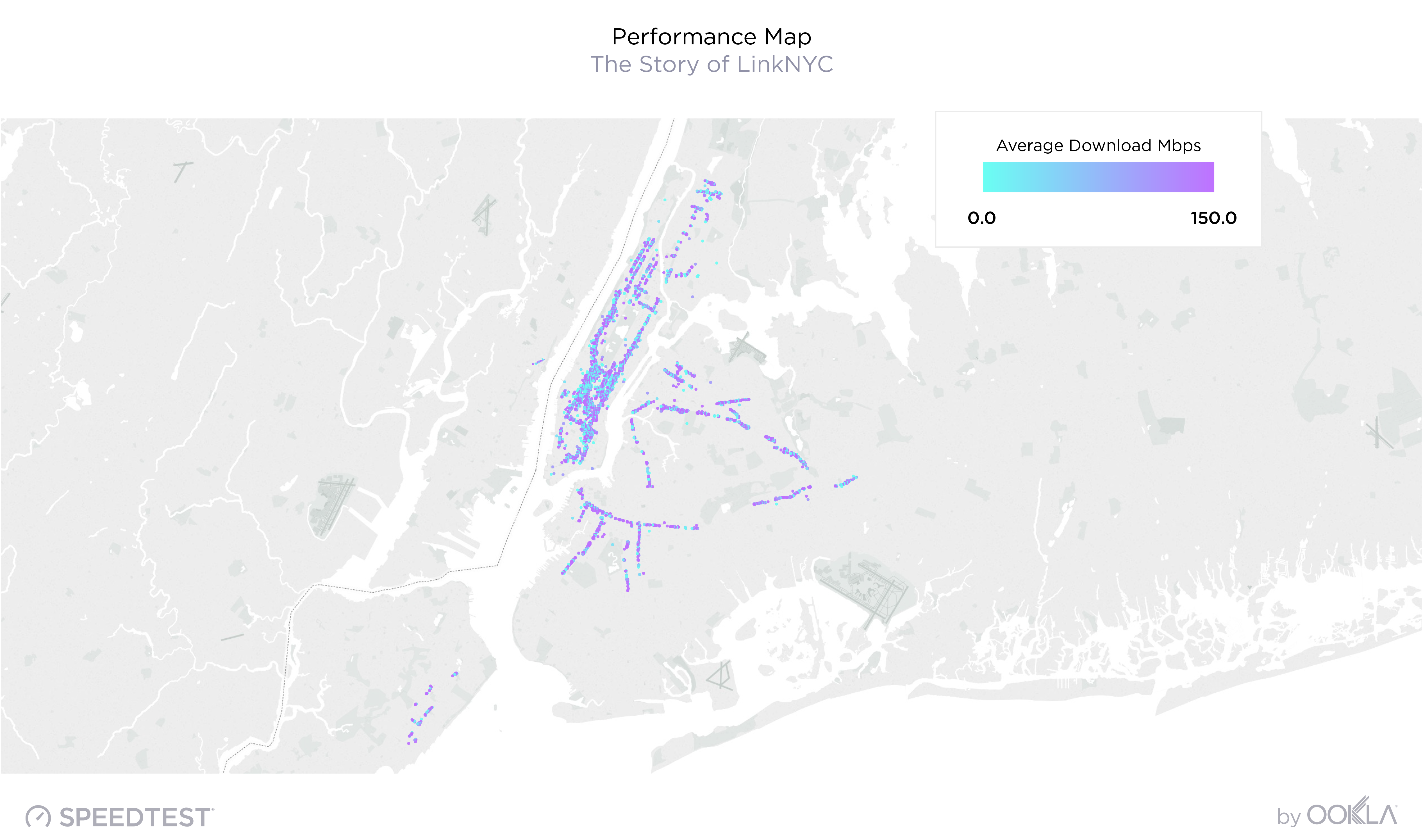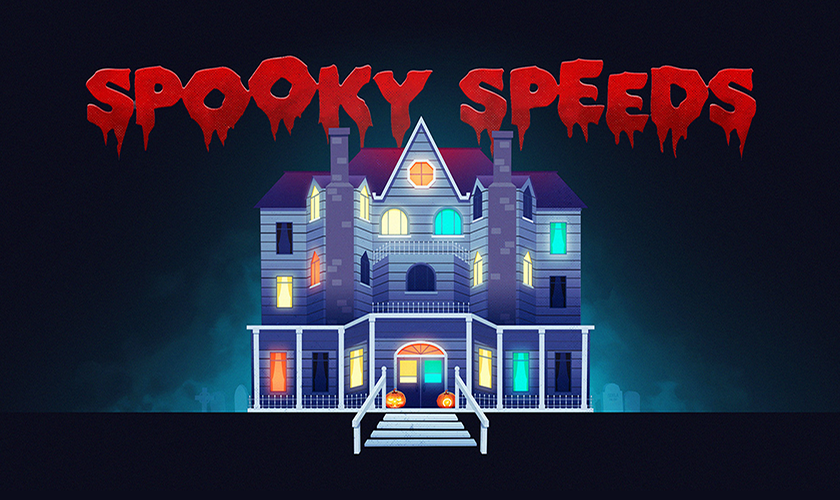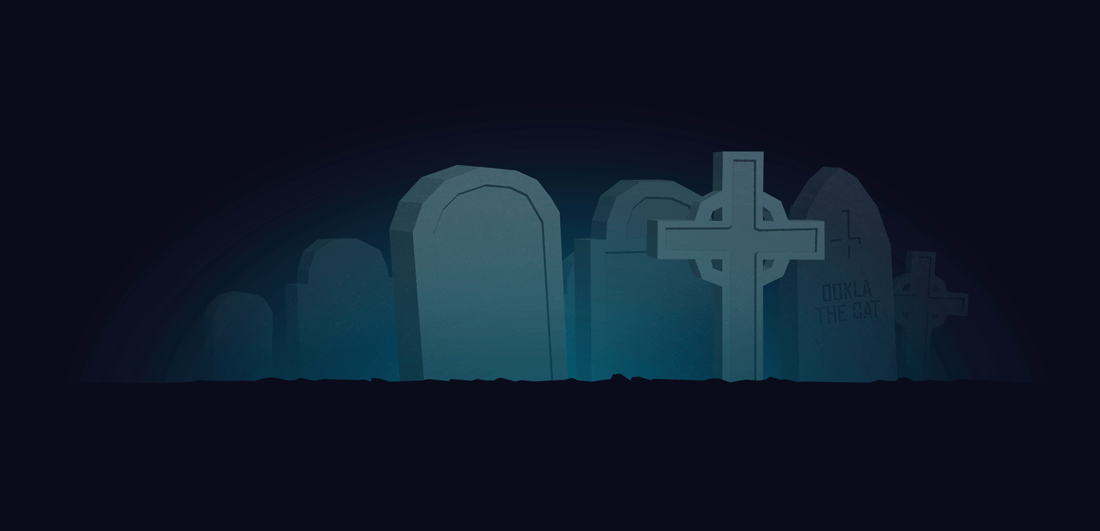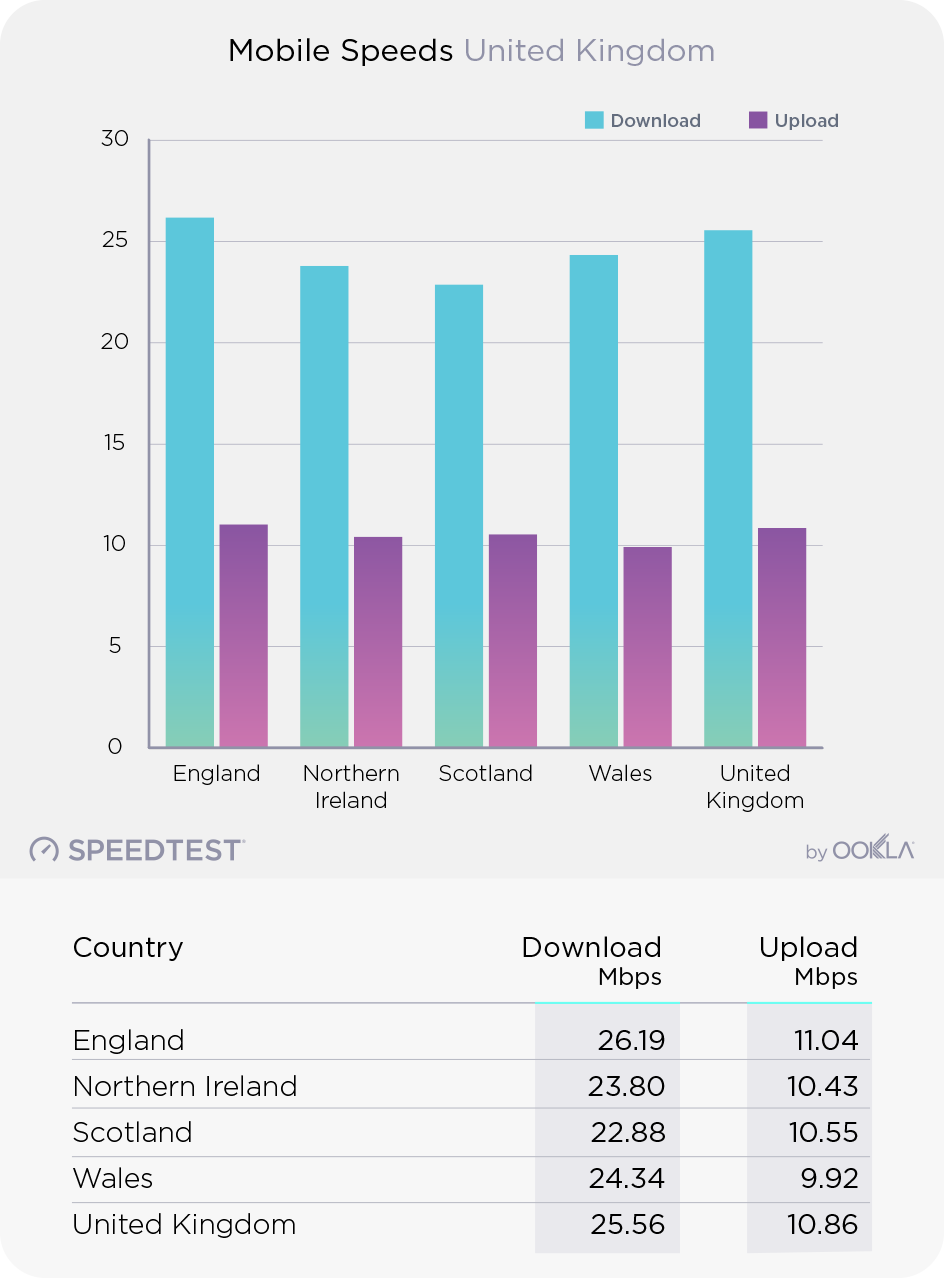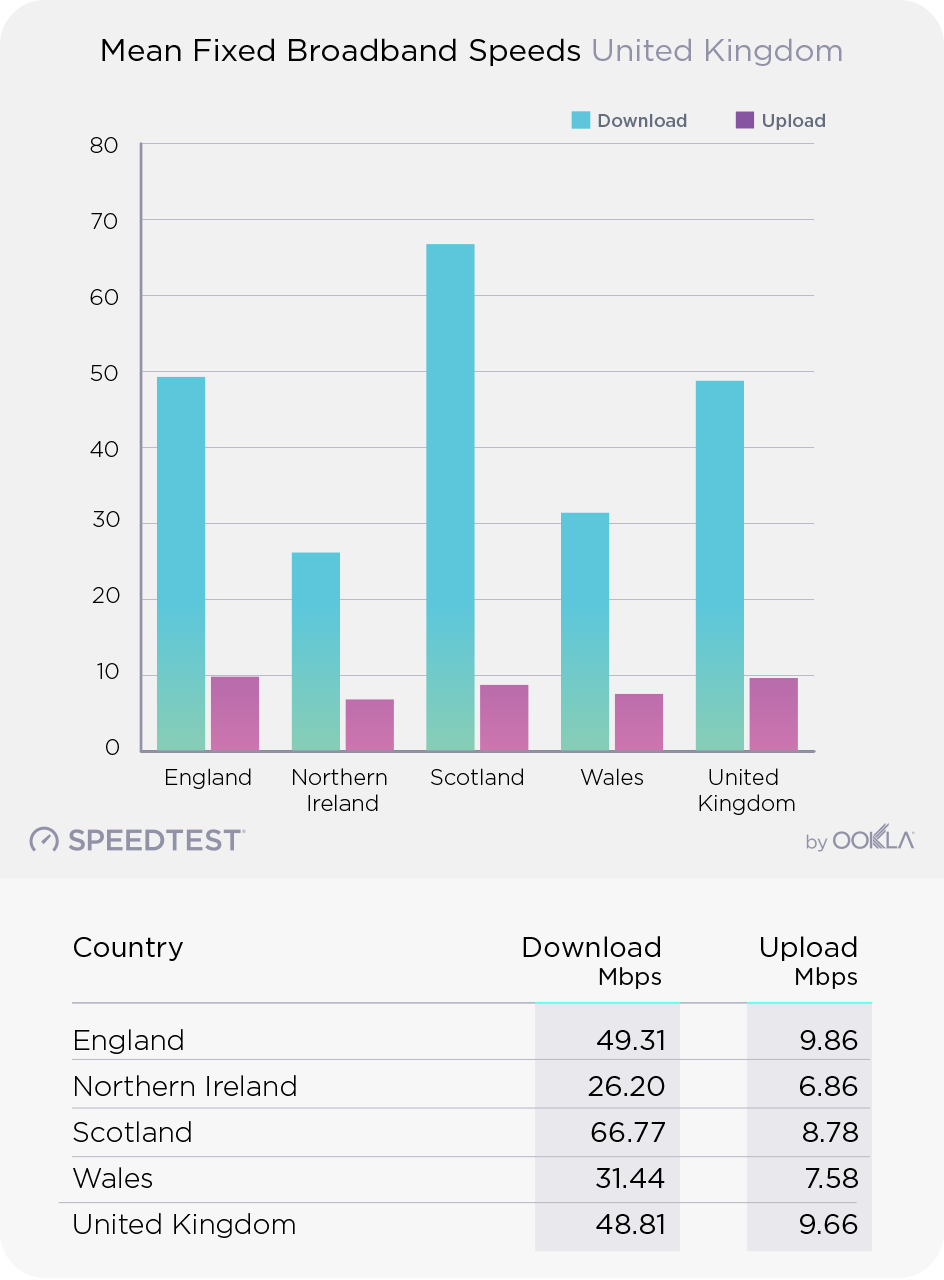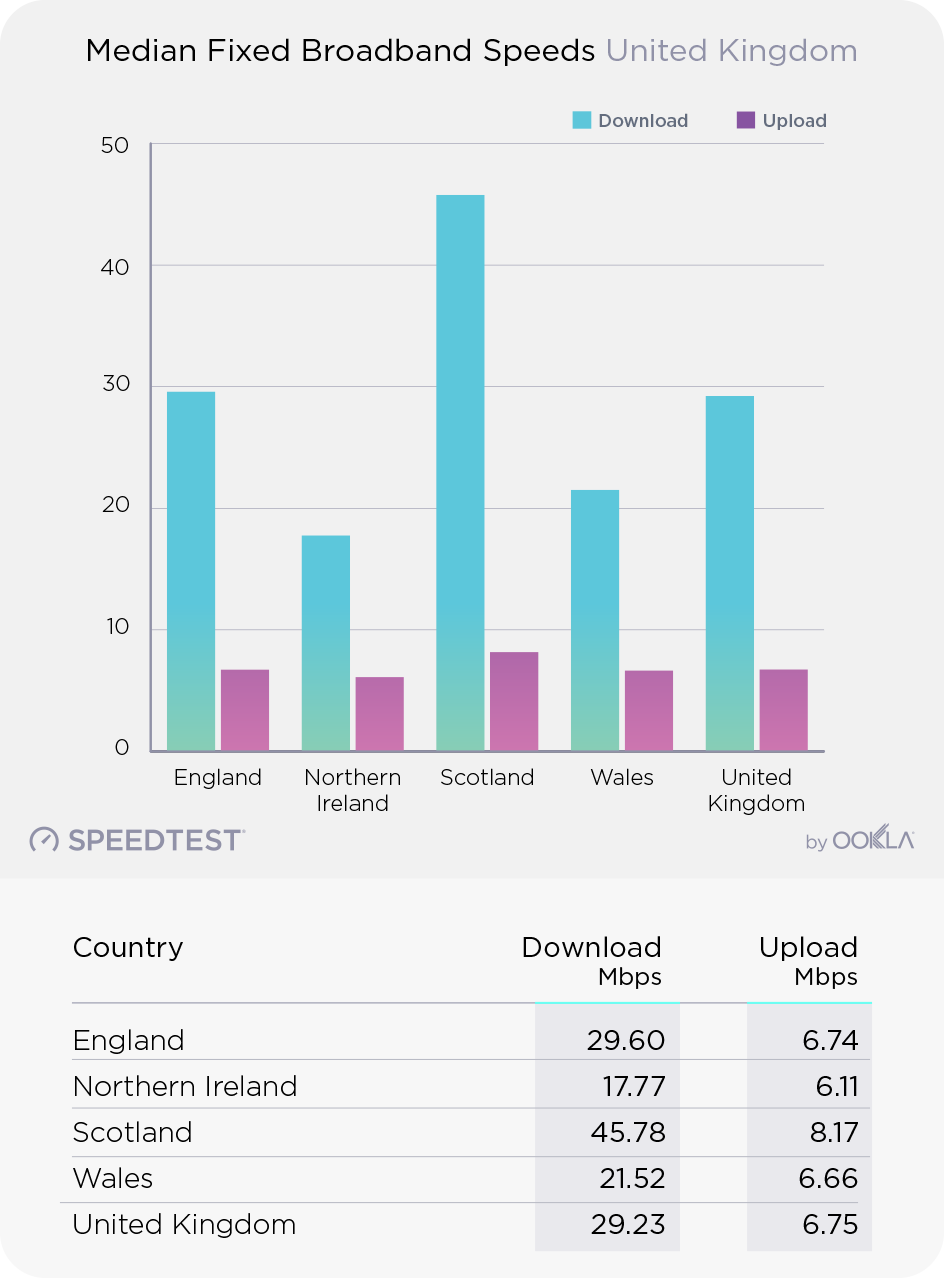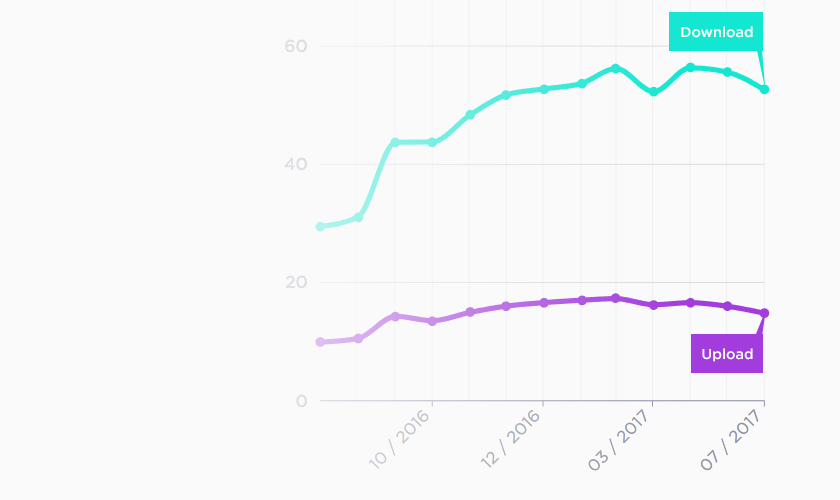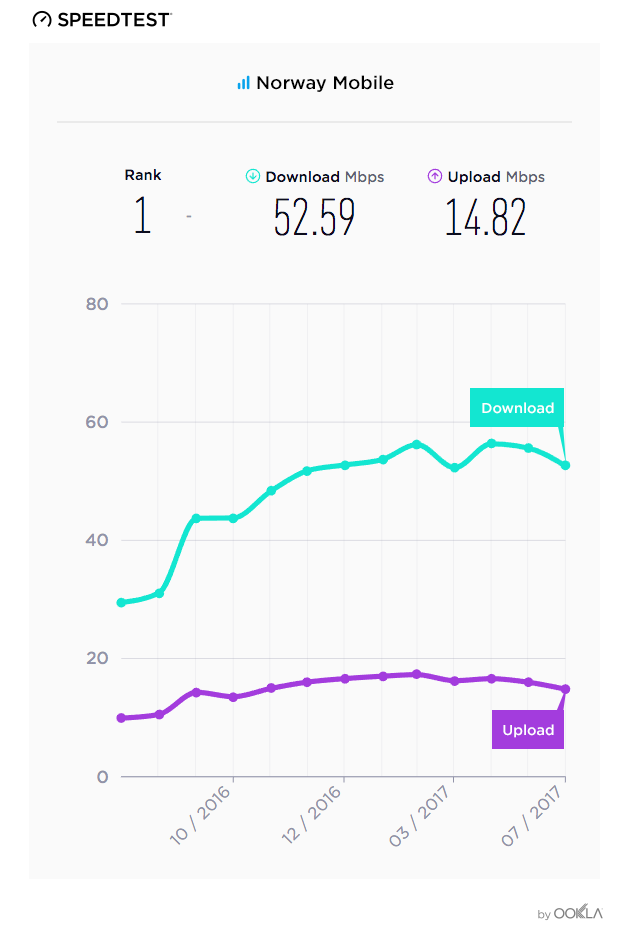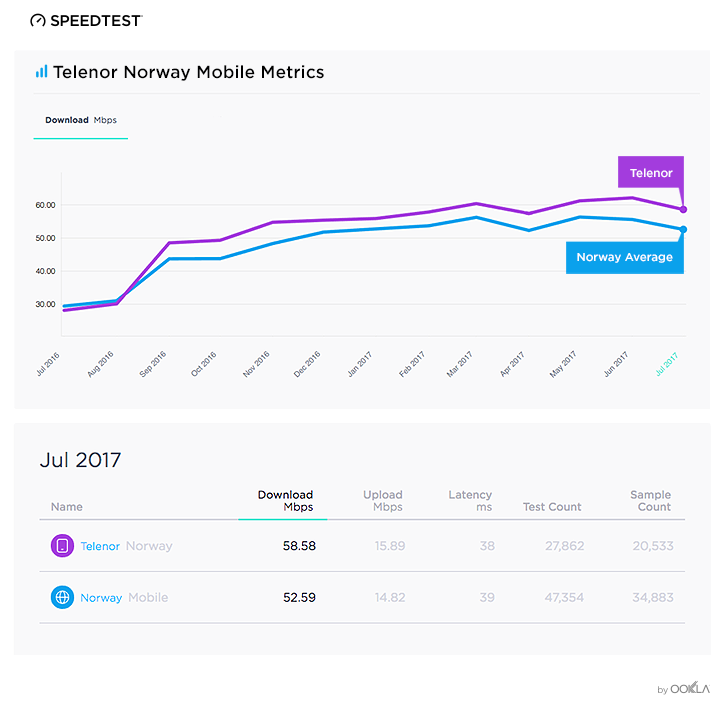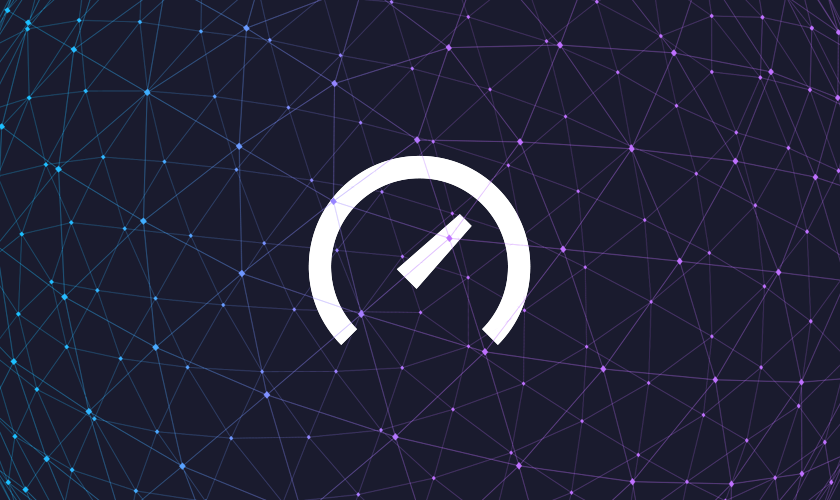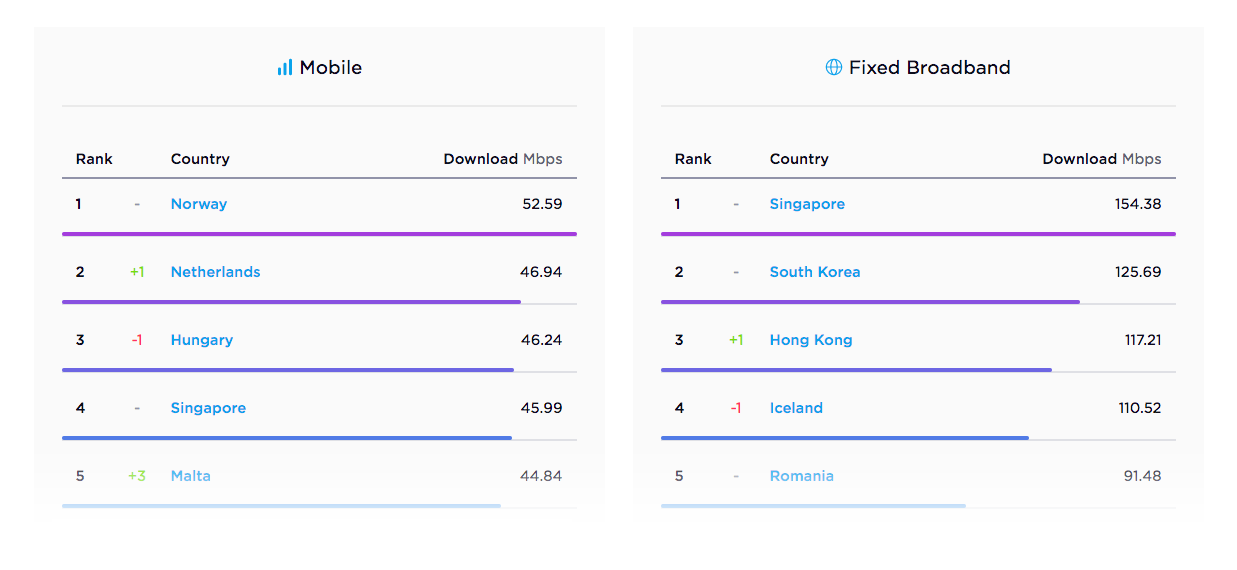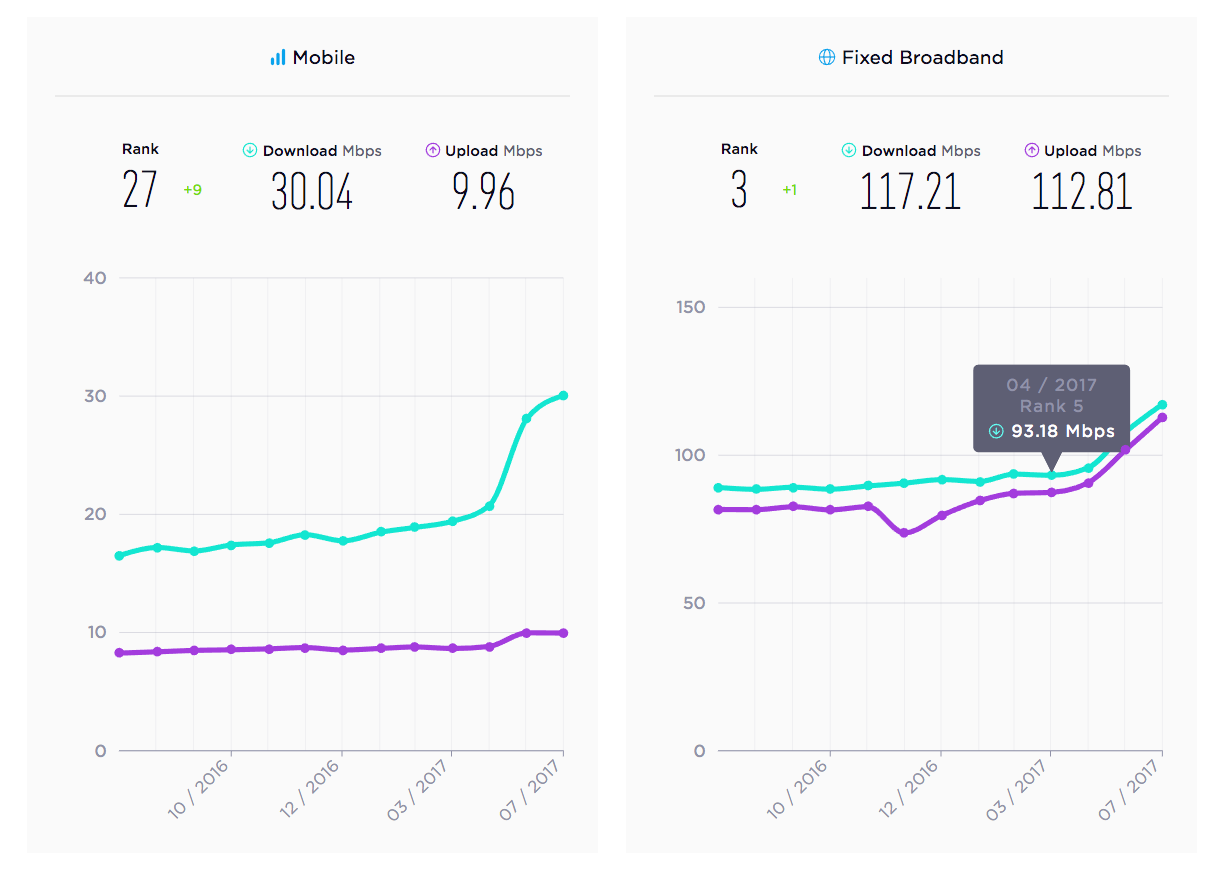
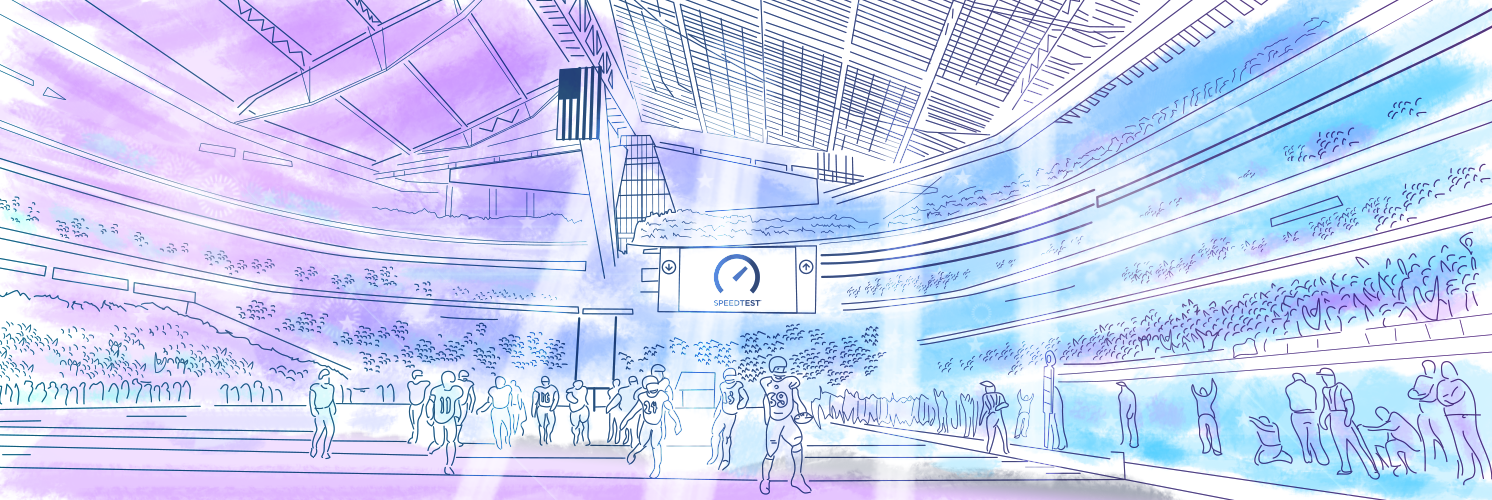
Football’s biggest game is this weekend and we’re excited to hear if all the reported mobile and Wi-Fi investments at U.S. Bank Stadium are up to the challenge on Sunday. We’ll follow up on that next week, but in the meantime we’re limbering up by checking out mobile internet speeds at the Eagles’ and Patriots’ home stadiums over the season. We’re also offering a preview of the performance we’ve seen at U.S. Bank Stadium so far this season.
We looked at stadium speeds for August 1, 2017 through January 30, 2018 and compared speeds by carrier using Speed Score — a combined measure of each provider’s download and upload speed at the 10th, 50th and 90th percentiles — on modern devices (i.e. not your grandfather’s flip phone).
Lincoln Financial Field, home of the Eagles
If we were handicapping teams based on mobile speeds at their home fields, the Eagles would be in sore shape for Sunday. Although Verizon had the best speeds of the season, the carrier’s Speed Score at Lincoln Financial Field was 63.6% lower than it was at Gillette Stadium. Still, Verizon’s Speed Score was 59.2% higher than AT&T’s, 121.3% higher than Sprint’s and 220.7% higher than T-Mobile’s.
| Carrier | Speed Score |
|---|---|
| Verizon Wireless | 27.90 |
| AT&T | 17.52 |
| Sprint | 12.61 |
| T-Mobile | 8.70 |
Gillette Stadium, where the Patriots go to win
The Patriots won’t need to stage one of their famous comebacks to claim a win for mobile internet speeds on their home turf. Looking at speeds at Gillette Stadium, Verizon wins again with the fastest Speed Score of them all. Add to that every major carrier had faster speeds here than they did in Philadelphia. Verizon was 174.4% faster in Foxborough than in Philly, AT&T was 25.2% faster, Sprint jumped 143.9% and T-Mobile saw a 173.0% increase in Speed Score when comparing their performance at Gillette Stadium with that at Lincoln Financial Field.
| Carrier | Speed Score |
|---|---|
| Verizon Wireless | 76.56 |
| Sprint | 30.76 |
| T-Mobile | 23.75 |
| AT&T | 21.93 |
U.S. Bank Stadium, the place to be on Sunday
The U.S. Bank Stadium in Minneapolis was designed with big events like Sunday’s football game in mind from the capacity, to the readerboards to the app. But what we’re really interested in is the tech. With Wi-Fi access points literally built into the railings, U.S. Bank Stadium should be the ideal place to live-stream any game or event. As for cellular, there’s a distributed antenna system that should keep fans connected.
Season internet speeds play-by-play
Examining internet performance at U.S. Bank Stadium for all home games during the regular stadium, the impressive speeds bode well for the big day.
Team cellular vs. team Wi-Fi
Cellular speeds at U.S. Bank Stadium far exceeded the U.S. average throughout the 2017 football season. On the date with the slowest speeds, September 24, downloads were still 62.6% faster than the average for the U.S. during that month and 5.9% faster than Minneapolis’s average download speed for September 2017.
| Day | Cell – Mean Download (Mbps) | Cell – Mean Upload (Mbps) | Wi-Fi – Mean Download (Mbps) | Wi-Fi – Mean Upload (Mbps) |
|---|---|---|---|---|
| Sep 11, 2017 | 59.61 | 23.14 | 27.87 | 28.45 |
| Sep 24, 2017 | 38.99 | 18.30 | 21.65 | 25.75 |
| Oct 1, 2017 | 41.98 | 21.35 | 21.82 | 28.07 |
| Oct 15, 2017 | 62.54 | 23.54 | 29.37 | 25.92 |
| Oct 22, 2017 | 53.05 | 26.83 | 30.01 | 29.11 |
| Nov 19, 2017 | 69.02 | 24.97 | 22.03 | 25.38 |
| Dec 17, 2017 | 59.25 | 22.05 | 18.84 | 17.65 |
| Dec 31, 2017 | 63.15 | 22.88 | 14.10 | 16.41 |
Meanwhile, the Wi-Fi might be free at U.S. Bank Stadium and the average speed does exceed that of the free Wi-Fi we’ve seen at many North American airports, including LAX and JFK, but it’s still not as fast as we’d hoped. Especially given all the hype. Free Wi-Fi is a great resource to have, but in most cases you’ll get faster speeds using your mobile carrier’s network on game day.
Carrier performance
T-Mobile had the fastest Speed Score at U.S. Bank Stadium. On average, T-Mobile was 18.6% faster than Verizon, 65.1% faster than AT&T and 107.4% faster than Sprint.
| Carrier | Speed Score |
|---|---|
| T-Mobile | 87.44 |
| Verizon Wireless | 73.74 |
| AT&T | 52.96 |
| Sprint | 42.15 |
What to expect during the big game
Our technical evangelist, Milan Milanović, dug a little deeper into some upgrades mobile carriers have been working on to make sure their networks are game-ready. Here’s what he found:
- AT&T’s upgrades include deploying over 800 antennas throughout the stadium, providing a more than 200% increase in capacity. Additional legacy spectrum assets have been refarmed (Band 5) and coupled with advanced LTE technologies. AT&T is expected to keep up with the increased traffic demand.
- Verizon has added 48% more antenna nodes at the stadium, which are largely invisible (tucked under the seats, handrails, etc.). In addition to over 50 MHz of deployed capacity, Verizon is activating Higher Order MIMO and Higher Order Modulation together with three-channel carrier aggregation. You could say Verizon has their game face on.
- Sprint’s network within the stadium also relies on 800 nodes and a distributed antenna system (DAS) powered by small cells. This will deliver 40 MHz of TDD capacity in the 2.5 GHz frequency band. Sprint will rely on two-channel carrier aggregation in the downlink to provide required downlink capacity. It will be interesting to see if this network configuration will be sufficient to support the inevitable spike in upload traffic, especially during halftime.
- T-Mobile has increased the node capacity within the stadium by a factor of 30 in addition to the already deployed 4×4 MIMO, 256 QAM and three-channel carrier aggregation LTE techniques. They have also allocated additional spectrum assets to LTE in order to provide 45 MHz of downlink capacity, upgraded backhaul at and around the event and centralized radio access technology by the way of uplink CoMP (Coordinated Multipoint). This centralized radio access technology is designed to improve uplink data rates and network efficiency, with the added benefit of extending a smartphone’s battery life.
His assessment for fans on the big day? Bring your best devices for the best performance (for you and others). Users with smartphones equipped with four receive antennas will be able to experience the fastest speeds possible. In the process, they’ll also contribute to higher network efficiency by virtue of more quickly completing tasks that improve spectrum resource utilization and therefore the overall capacity of the network. Sunday’s event will also be a test of which operator has most aggressively seeded these highly efficient handsets into the hands of consumers.
Game day stats
You’ve probably seen the wide swing in reported speeds from the big game, and, now that Eagles fans have almost recovered from Sunday’s celebration, we’re here to set the record straight.
Cellular speeds
Looking at speeds at U.S. Bank Stadium between 3:30 p.m. and 8 p.m. on Sunday, we found that the mean cellular download speed at the stadium was faster than we’d seen at any game, all season long. Not a lot faster, but, given the 7.2 terabytes of data used during Sunday’s game, we’re impressed.
| Day | Cell – Mean Download (Mbps) | Cell – Mean Upload (Mbps) |
|---|---|---|
| Feb 4, 2018 | 69.09 | 15.93 |
Which carrier won?
| Carrier | Speed Score |
|---|---|
| T-Mobile | 114.72 |
| AT&T | 58.54 |
| Verizon Wireless | 50.66 |
| Sprint | 33.24 |
Comparing carriers based on Speed Score between 3:30 p.m. and 8 p.m. on Sunday, T-Mobile not only came out on top, but they trounced their season average, with a 31.2% jump in speeds. T-Mobile’s game-winning Speed Score was also 96.0% faster than runner-up AT&T who came in second and saw a 10.5% increase in speeds on game day.
Despite significant efforts on the technology side, the other two major carriers saw declines in Speed Scores on the big day. Verizon Wireless came in third and saw a 31.3% decrease from their season average while Sprint’s fourth-place finish was 21.1% slower than their all-season number.
How ‘bout that Wi-Fi?
We could not find any Speedtest results on “#USBANKSTADIUM”, the stadium’s reported Wi-Fi SSID, which leads us to believe that the powers that be switched the SSID to “#SBFAN” for the big event. If this is the case, the game day Wi-Fi download speed at U.S. Bank Stadium was in the low to mid range of what we saw during the rest of the season.
| Day | Wi-Fi – Mean Download (Mbps) | Wi-Fi – Mean Upload (Mbps) |
|---|---|---|
| Feb 4, 2018 | 20.71 | 23.36 |
Was the big game worth the big investment? Likely. Huge crowds hungry to share the experience on social media can clog up networks and destroy cellular speeds. We’ll be interested to see how this year’s performance changes carriers’ playbooks for 2019.!
Ookla retains ownership of this article including all of the intellectual property rights, data, content graphs and analysis. This article may not be quoted, reproduced, distributed or published for any commercial purpose without prior consent. Members of the press and others using the findings in this article for non-commercial purposes are welcome to publicly share and link to report information with attribution to Ookla.




